Home>Garden Essentials>When To Plant Avocado Seed In Soil
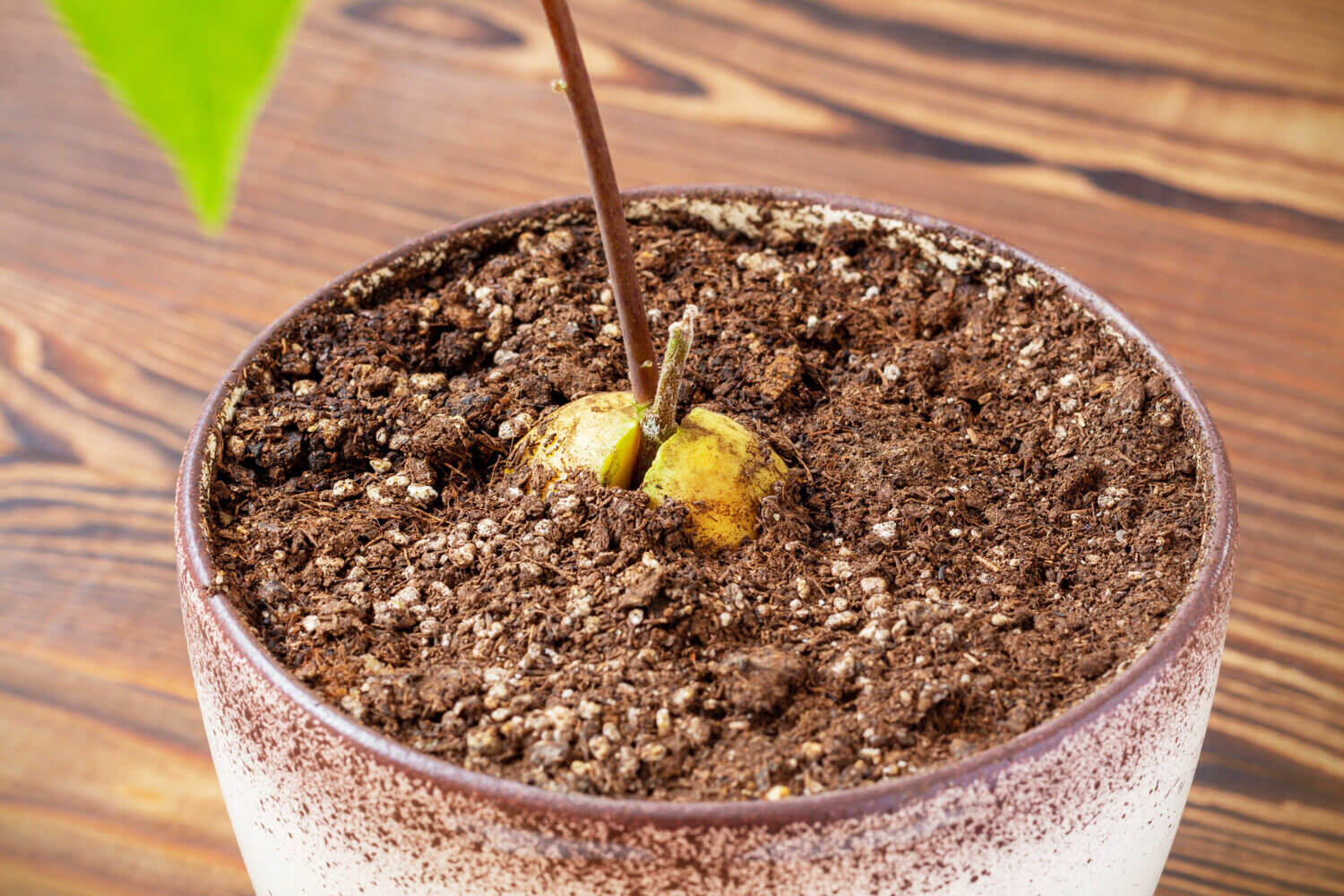

Garden Essentials
When To Plant Avocado Seed In Soil
Modified: August 16, 2024
Learn when to plant an avocado seed in the garden and get tips for successfully growing avocados from seeds. Start growing your own avocado tree today!
(Many of the links in this article redirect to a specific reviewed product. Your purchase of these products through affiliate links helps to generate commission for Storables.com, at no extra cost. Learn more)
Introduction
Growing an avocado tree from seed can be a rewarding experience for gardeners of all skill levels. Whether you’re a seasoned green thumb or a novice with a passion for plants, cultivating an avocado tree from a seed can bring joy and a sense of accomplishment.
In addition to the satisfaction of seeing your own avocado tree thrive, there are several benefits to growing avocados from seed. First and foremost, it can be a cost-effective way to enjoy the fruits of your labor. Avocado trees can be quite expensive to purchase from nurseries, but starting from seed can save you a significant amount of money. Plus, there’s something special about growing a tree from a tiny seed and nurturing it into a mature, fruit-bearing plant.
Another benefit of growing avocados from seed is the ability to control the quality and variety of the fruit. When you plant a seed from a delicious avocado you’ve enjoyed, there’s a good chance the resulting tree will produce similar-tasting fruit. This allows you to have a consistently enjoyable culinary experience with your homegrown avocados.
So, if you’re ready to embark on this avocado-growing journey, let’s delve into the process of planting avocado seeds in soil.
Key Takeaways:
- Growing avocado trees from seed is a fun and cost-effective way to enjoy delicious fruits while learning about nature and sustainability.
- Choosing the right seed, soil, and providing proper care are essential for successfully planting and nurturing an avocado seed into a thriving tree.
Read more: How Do You Plant Avocado Seeds
The Benefits of Growing Avocado from Seed
Growing avocados from seed offers a range of benefits for both the gardener and the environment. Here are some of the advantages of cultivating avocados from seed:
- Cost-effectiveness: Starting an avocado tree from seed is a budget-friendly option. Avocado trees can be quite expensive when purchased from a nursery, but growing from seed costs next to nothing. With some patience and care, you can have a thriving avocado tree without breaking the bank.
- Control over quality: When you grow an avocado tree from a seed, you have control over the quality and variety of the fruit. If you have a particularly delicious avocado and want more of its kind, planting the seed is the way to go. This gives you the opportunity to enjoy consistently tasty avocados from your own tree.
- Sustainable gardening: Growing avocados from seed promotes sustainability and reduces waste. Instead of discarding avocado seeds, you can repurpose them and cultivate new trees. By doing so, you contribute to a greener environment and reduce the overall carbon footprint.
- Fun and educational: Planting avocado seeds can be a fun and educational project, especially for children. It offers an opportunity to learn about the plant life cycle, the importance of nurturing seeds, and the joy of watching a tiny seed transform into a flourishing tree. It’s a great way to engage kids in gardening and teach them about the natural world.
- Health benefits: Avocado trees provide more than just delicious fruit. They also offer health benefits. Avocado is a nutrient-rich superfood, packed with antioxidants, fiber, and heart-healthy monounsaturated fats. By growing your own avocados, you have easy access to these nutritious fruits, allowing you to incorporate them into your diet for optimal health.
With all these benefits, growing avocados from seed is a worthwhile endeavor that offers numerous rewards. It’s not just about the tasty fruits; it’s also about the joy of nurturing a plant, connecting with nature, and making a positive impact on the environment.
Choosing the Right Avocado Seed for Planting
When it comes to choosing the right avocado seed for planting, there are a few things to consider. While it may be tempting to use the seed from any avocado you come across, selecting the right seed can greatly impact the success of your avocado tree. Here are some tips to help you choose the perfect avocado seed:
- Freshness: It’s crucial to start with a fresh avocado seed for optimal germination. Look for avocados that are ripe but not overripe. Avoid using seeds from avocados that are too old or have started to rot. Fresh seeds have a higher chance of sprouting and producing healthy seedlings.
- Variety: There are different varieties of avocados available, each with its own unique characteristics. Consider the variety of avocado you prefer and choose a seed from that specific type. This way, you can ensure that the resulting tree will bear fruits that match your taste preferences.
- Size: The size of the avocado seed can play a role in how well it germinates. Generally, larger seeds have a higher chance of sprouting successfully. When selecting a seed, opt for one that is plump, round, and on the larger side.
- Condition: Inspect the seed carefully to ensure it is in good condition. Look for any signs of damage or mold, as this can hinder germination. The seed should be intact, without any cracks or blemishes.
- Ripeness: While you want the avocado seed to be fresh, it shouldn’t be too ripe. Seeds from avocados that are overly ripe may not have enough vitality to sprout. Aim for avocados that are just ripe enough to be eaten, with firm flesh that gives slightly when gently pressed.
By considering these factors and choosing a high-quality avocado seed, you give your avocado tree the best possible start in its journey to becoming a resilient and productive plant. Remember, a little extra effort in selecting the right seed can yield fruitful results as your avocado tree grows.
Preparing the Avocado Seed for Planting
Before you can plant an avocado seed in soil, it’s important to properly prepare the seed to increase its chances of successful germination. Here are the steps to follow when preparing an avocado seed for planting:
- Remove the seed: Carefully cut open the avocado and gently remove the seed from the flesh. Be cautious not to damage the seed during this process.
- Clean the seed: Rinse the seed under cool water to remove any remaining pieces of avocado flesh. Use your fingers or a soft brush to gently scrub away any residue. Make sure the seed is clean and free from any debris.
- Identify the top and bottom: Avocado seeds have a top and bottom portion. The top is usually slightly pointed or tapered, while the bottom is flatter. Orient the seed correctly to ensure proper growth.
- Remove the brown skin: The brown skin on the avocado seed can inhibit germination. To remove it, use a knife or your fingers to carefully peel away the thin layer of brown skin, exposing the lighter-colored seed underneath. Be cautious not to damage the seed in the process.
- Locate the dormant bud: Near the broader end of the seed, you’ll find a small, round area called the dormant bud. This is where the sprout will emerge. Take note of its location as you will need to position the seed correctly during planting.
- Optional: Speed up germination with water: Some gardeners choose to soak the cleaned seed in water for a day or two before planting. This helps to soften the seed coat and can speed up germination. However, this step is optional.
By properly preparing the avocado seed, you create an optimal environment for germination and set the stage for success in your avocado-growing journey. Take care during each step to ensure the seed remains intact and follows the natural growth process. Soon, you’ll be ready to plant the prepared avocado seed in nutrient-rich soil.
Selecting the Right Soil for Planting Avocado Seed
Choosing the right soil is essential for the healthy growth and development of your avocado seed. Avocados thrive in well-draining soil that retains moisture without becoming waterlogged. Here are some considerations when selecting soil for planting your avocado seed:
- Loamy texture: Avocado trees prefer soil with a loamy texture, which means it is a balanced combination of sand, silt, and clay. Loam soil provides good drainage while retaining enough moisture for the roots to access.
- pH level: Avocado trees thrive in slightly acidic to neutral soil with a pH level of around 6 to 7. Conduct a pH test on your soil to ensure it falls within this range. If the pH is off, you can make adjustments by adding soil amendments like sulfur or lime as recommended by a soil testing kit.
- Organic matter: Adding organic matter to the soil is beneficial for avocado trees. Compost or well-rotted manure can improve soil structure, fertility, and moisture retention. Incorporate these organic materials into the soil before planting to provide essential nutrients and promote healthy root development.
- Drainage: Avocado trees are susceptible to root rot if soil drainage is poor. To ensure good drainage, avoid heavy clay soils that easily become waterlogged. If your soil doesn’t naturally drain well, amend it with coarse sand or perlite to improve drainage.
- Moisture retention: While good drainage is crucial, it’s equally important for the soil to retain some moisture. Avocado trees have shallow root systems that benefit from consistent moisture. Incorporating organic matter into the soil can help improve its moisture retention capacity.
- Aeration: Avocado tree roots require oxygen to thrive. Ensure the soil has proper aeration by avoiding heavy compaction. Avoid compacting the soil too tightly when planting the seed to allow for adequate air circulation in the root zone.
By selecting a well-draining soil with the right pH level, incorporating organic matter, and ensuring proper moisture retention and aeration, you create an ideal growing environment for your avocado seed. Remember to water the seedling properly after planting and monitor the moisture levels throughout its growth to promote a healthy and vigorous avocado tree.
Plant avocado seeds in soil during the spring or early summer when the weather is warm. Choose a sunny spot with well-draining soil, and make sure to water the seed regularly to keep the soil moist but not waterlogged.
Read more: How Do You Plant Avocado Seed
Planting the Avocado Seed in Soil
Now that you have prepared your avocado seed and chosen the right soil, it’s time to plant the seed and give it a home where it can grow and thrive. Follow these steps to plant your avocado seed in soil:
- Select a suitable container: Choose a pot or container with good drainage holes. Avocado seeds can be planted directly in the final container, or you can start them in a smaller pot and later transplant them to a larger one.
- Add soil to the container: Fill the container with well-draining soil, leaving about an inch of space below the rim. Gently tap the container on a surface to settle the soil and remove any air pockets.
- Position the seed: Place the avocado seed in the container with the rounded bottom facing down and the tapered top facing up. Make sure the dormant bud is partially exposed above the soil surface.
- Planting depth: Plant the avocado seed so that about half of it is submerged in the soil. This ensures the roots have adequate contact with the soil while allowing the top portion to emerge and grow above ground.
- Water the soil: After planting the seed, give the soil a thorough watering to settle it around the seed. Be careful not to overwater, as excessive moisture can lead to rotting. Keep the soil evenly moist but not soggy throughout the germination and growth process.
- Provide proper lighting: Place the container in a well-lit area that receives bright, indirect sunlight. Avocado seeds require adequate light to sprout and grow into healthy seedlings. You may need to provide supplemental lighting if natural light is limited.
- Patience and care: Germination can take anywhere from a few weeks to a few months, so be patient and provide consistent care. Monitor the moisture levels in the soil, ensuring it doesn’t become overly dry or waterlogged.
Remember that growing an avocado tree from seed requires time and patience. Be diligent in providing proper care, and in due time, you’ll see your avocado seedling emerge from the soil, ready to flourish into a beautiful and productive tree.
Caring for Avocado Seedlings
Once your avocado seed has sprouted and grown into a seedling, it’s time to shift your focus to caring for its ongoing growth and development. Proper care is crucial during this stage to ensure your avocado seedling grows into a healthy and robust tree. Here are some essential care tips for avocado seedlings:
- Watering: Avocado seedlings require consistent moisture, but be careful not to overwater. Water the soil when it feels slightly dry to the touch, ensuring it is evenly moist but not waterlogged. Adjust the frequency of watering based on the climate and the moisture retention capacity of the soil.
- Lighting: Avocado seedlings need ample sunlight to grow. Place them in a location that receives bright, indirect sunlight for 6 to 8 hours a day. If natural light is lacking, consider using supplemental lighting such as fluorescent or LED grow lights to ensure your seedling receives sufficient illumination.
- Temperature and humidity: Avocado seedlings thrive in moderate temperatures between 60 to 75°F (15 to 24°C). Aim for a stable and comfortable environment, avoiding extreme temperature fluctuations. Higher humidity levels can benefit avocado seedlings; you can increase humidity by placing a tray of water near the seedling or using a humidifier.
- Fertilization: Once your avocado seedling has developed a few sets of true leaves, you can start fertilizing it. Use a balanced, water-soluble fertilizer, following the instructions provided on the packaging. Avoid over-fertilizing, as it can result in salt buildup and damage the roots.
- Pruning: As the avocado seedling grows, it may develop multiple stems. To encourage a strong and upright growth habit, you can carefully prune the seedling to retain a single, central stem. Trim off any competing or weak stems, keeping the strongest and healthiest one intact.
- Transplanting: As your avocado seedling grows, it will outgrow its initial container. When the roots start to fill the pot and become root-bound, it’s time to transplant it into a larger container. Choose a container with good drainage and fill it with well-draining soil. Gently remove the seedling from its previous pot, being mindful of the roots, and transplant it into the new container.
- Support: As the seedling continues to grow, it may benefit from a support stake or trellis to provide stability. This helps prevent bending or breakage of the stem and promotes upright growth.
By providing proper care, your avocado seedling will continue to thrive and grow into a healthy tree. Keep a close eye on its progress, adjust care routines as needed, and enjoy watching your avocado seedling transform into a beautiful and productive plant.
Signs of Successful Germination
Once you’ve planted an avocado seed and provided the necessary care, you eagerly await signs of successful germination. The germination process can take time, but there are certain signs to look for that indicate your avocado seed is sprouting and growing. Here are some signs of successful germination to watch out for:
- Root development: One of the first signs of successful germination is the emergence of roots from the avocado seed. Keep an eye on the bottom of the seed where the root is expected to grow. You may notice small white root tendrils pushing their way into the soil.
- Shoot emergence: As the roots develop, a shoot will begin to emerge from the top of the avocado seed. This shoot will eventually grow into the stem and leaves of your avocado plant. Look for a tiny green sprout breaking through the soil surface.
- Unfurling leaves: As the avocado seedling continues to grow, you’ll see the leaves unfurl. The first leaves to appear are known as cotyledons or seed leaves. These initial leaves provide nutrients to the growing seedling. After the cotyledons, the true leaves will begin to develop, resembling the leaves of a mature avocado tree.
- Healthy stem growth: A successful germination will include steady and healthy stem growth. The stem should appear sturdy and upright, indicating that the seedling is receiving enough light and nutrients for proper growth.
- Growth rate: Once the seed has germinated, you should observe a gradual increase in growth rate. The stem and leaves will continue to develop, and the seedling will begin to establish a stronger root system. Expect the growth rate to vary depending on factors such as available light, temperature, and overall plant health.
- Green, vibrant foliage: Healthy avocado seedlings will exhibit vibrant and green foliage. The leaves should appear lush and unblemished, indicating that the plant is receiving adequate nutrition and maintaining proper hydration.
Keep in mind that germination can take several weeks or even months, depending on various factors such as temperature, soil moisture, and seed quality. However, if you observe these signs of successful germination, it’s a positive indication that your avocado seed is on its way to becoming a healthy and thriving plant.
Common Problems and How to Troubleshoot
While growing avocado plants from seed can be an exciting and rewarding endeavor, there are a few common problems that you may encounter along the way. Understanding these issues and knowing how to troubleshoot them can help you ensure the health and success of your avocado seedlings. Here are some common problems and their possible solutions:
- Root rot: Excessive moisture or poor drainage can lead to root rot in avocado seedlings. To prevent root rot, make sure the soil is well-draining and avoid overwatering. Allow the top inch of soil to dry out between waterings and ensure proper airflow around the roots.
- Drooping leaves: Drooping or wilted leaves can be a sign of underwatering or overwatering. Assess the moisture level of the soil and adjust your watering routine accordingly. If the soil is dry, water the plant thoroughly and ensure it receives adequate moisture. If the soil is consistently wet, allow it to dry out before watering again.
- Yellowing leaves: Yellowing leaves can be caused by various factors, including nutrient deficiencies, overwatering, or inadequate light. Evaluate the conditions and adjust accordingly. Ensure proper nutrient levels by using a balanced fertilizer and providing adequate sunlight or supplemental lighting.
- Lack of growth: If your avocado seedling is not showing signs of growth, it may be due to low light levels, insufficient nutrients, or improper watering. Increase the amount of light the plant receives, fertilize with a balanced fertilizer, and adjust your watering routine to ensure consistent moisture.
- Pests: Avocado plants can be susceptible to pests such as aphids, spider mites, or mealybugs. Inspect your plants regularly for any signs of infestation, such as webbing or distorted leaves. Treat the infestation using organic insecticidal soap or neem oil, following the instructions on the product label.
- Transplant shock: When transplanting avocado seedlings to larger containers, they may experience transplant shock. To minimize this, handle the seedlings gently and avoid damaging the roots. Ensure the new container has good drainage and provide proper aftercare, including adequate watering and shelter from direct sunlight until the seedling adjusts to its new environment.
Remember that growing plants can be a learning process, and it’s normal to encounter challenges along the way. By identifying and addressing these common problems early on, you can help your avocado seedlings overcome obstacles and thrive in their journey toward becoming mature and fruitful trees.
Read more: How To Plant Germinated Seeds In Soil
Conclusion
Growing avocado trees from seed is a fulfilling and exciting experience that allows you to witness the magic of nature firsthand. By following the right steps and providing proper care, you can successfully plant an avocado seed in soil and watch it transform into a beautiful and productive tree.
The benefits of growing avocados from seed are numerous. Not only is it a cost-effective way to enjoy the fruits of your labor, but it also provides an opportunity to control the quality and variety of the fruit. The process promotes sustainability by repurposing avocado seeds and reduces waste. Additionally, planting avocado seeds can be a fun and educational project for all ages, connecting us with the natural world.
To ensure the success of your avocado seed, it is crucial to choose the right seed and properly prepare it for planting. Selecting the appropriate soil, rich in organic matter and well-draining, provides the optimal environment for your seed to sprout and grow. Ongoing care, including proper watering, adequate lighting, and timely fertilization, is essential for nurturing your avocado seedling and ensuring its healthy development.
While challenges may arise, such as root rot, drooping leaves, or lack of growth, it’s important to troubleshoot and address these issues promptly. By understanding the common problems and their solutions, you can overcome obstacles and help your avocado seedling flourish.
In conclusion, growing avocados from seed is a journey filled with wonder and satisfaction. With patience, care, and a little bit of gardening knowledge, you can experience the joy of nurturing a tiny seed into a thriving avocado tree. So go ahead, plant that avocado seed in soil and embark on this green adventure!
Frequently Asked Questions about When To Plant Avocado Seed In Soil
Was this page helpful?
At Storables.com, we guarantee accurate and reliable information. Our content, validated by Expert Board Contributors, is crafted following stringent Editorial Policies. We're committed to providing you with well-researched, expert-backed insights for all your informational needs.
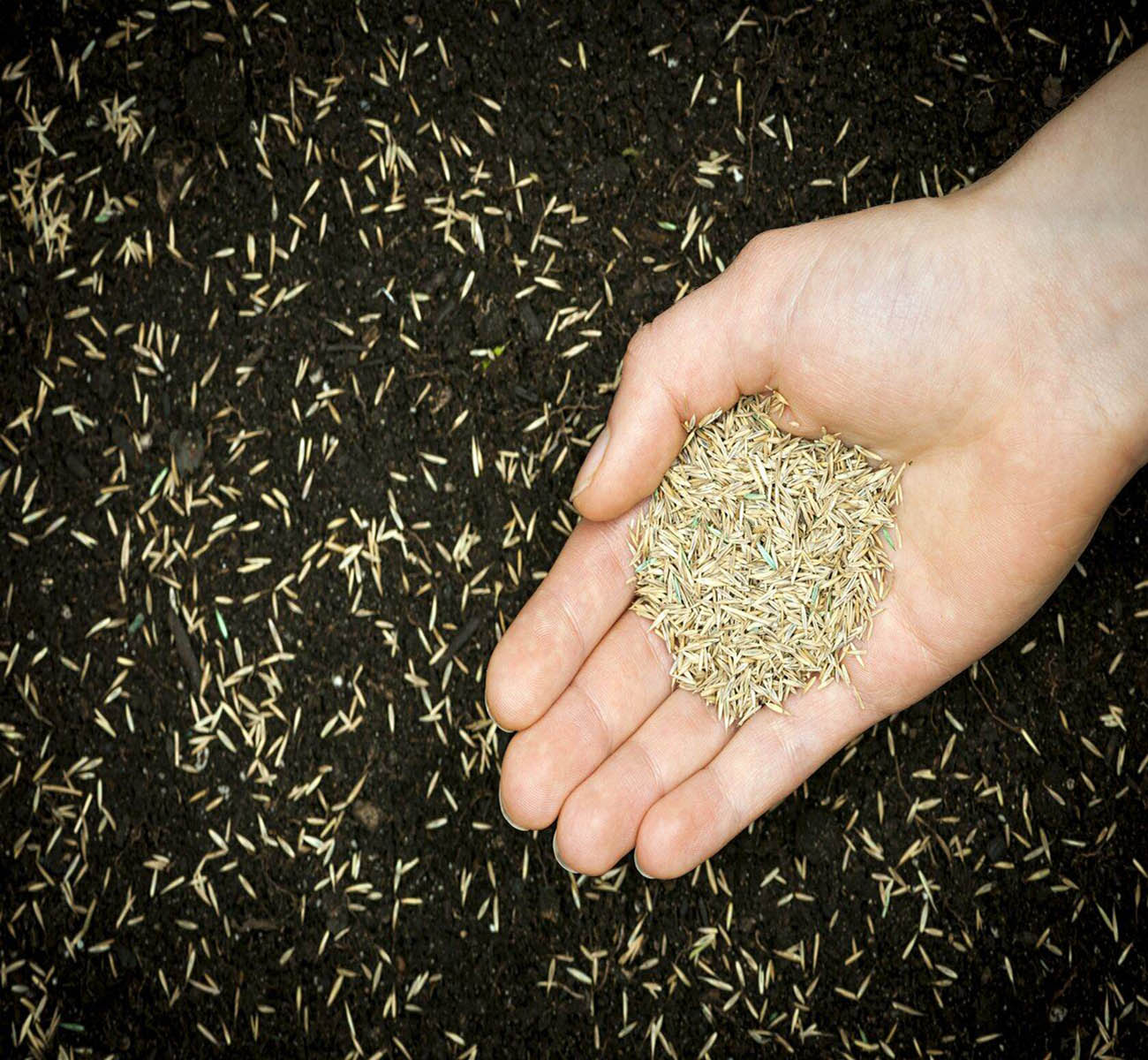
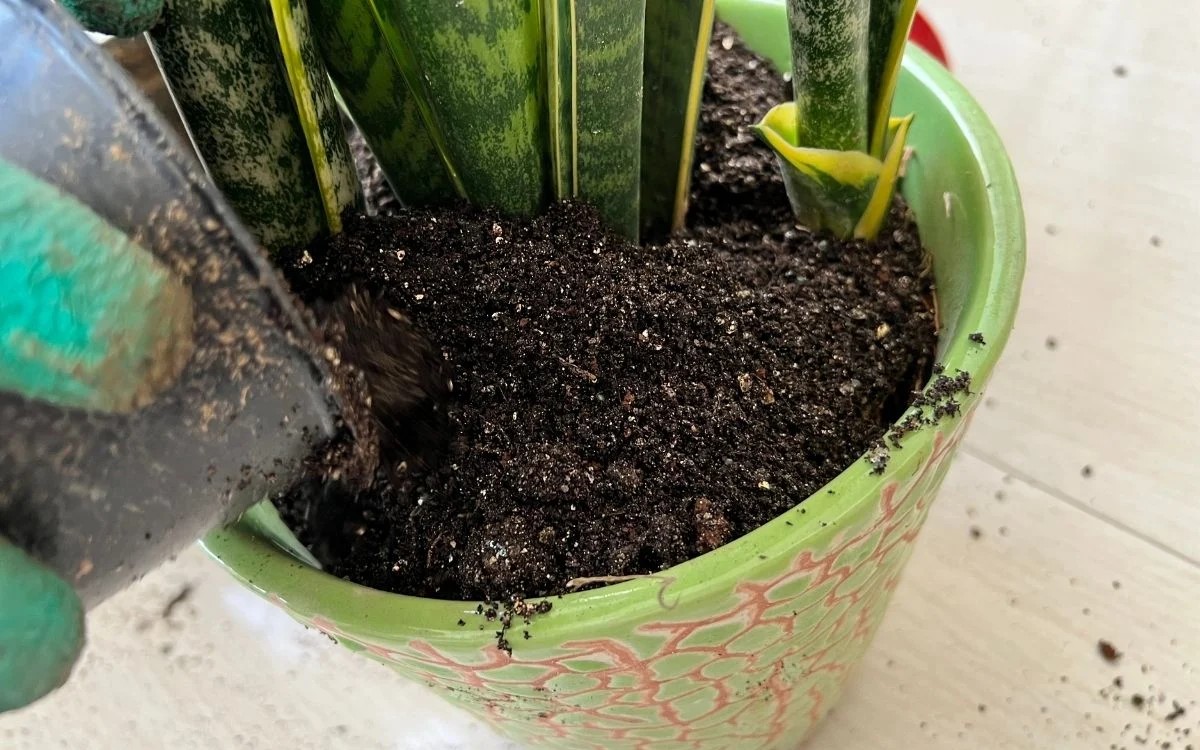
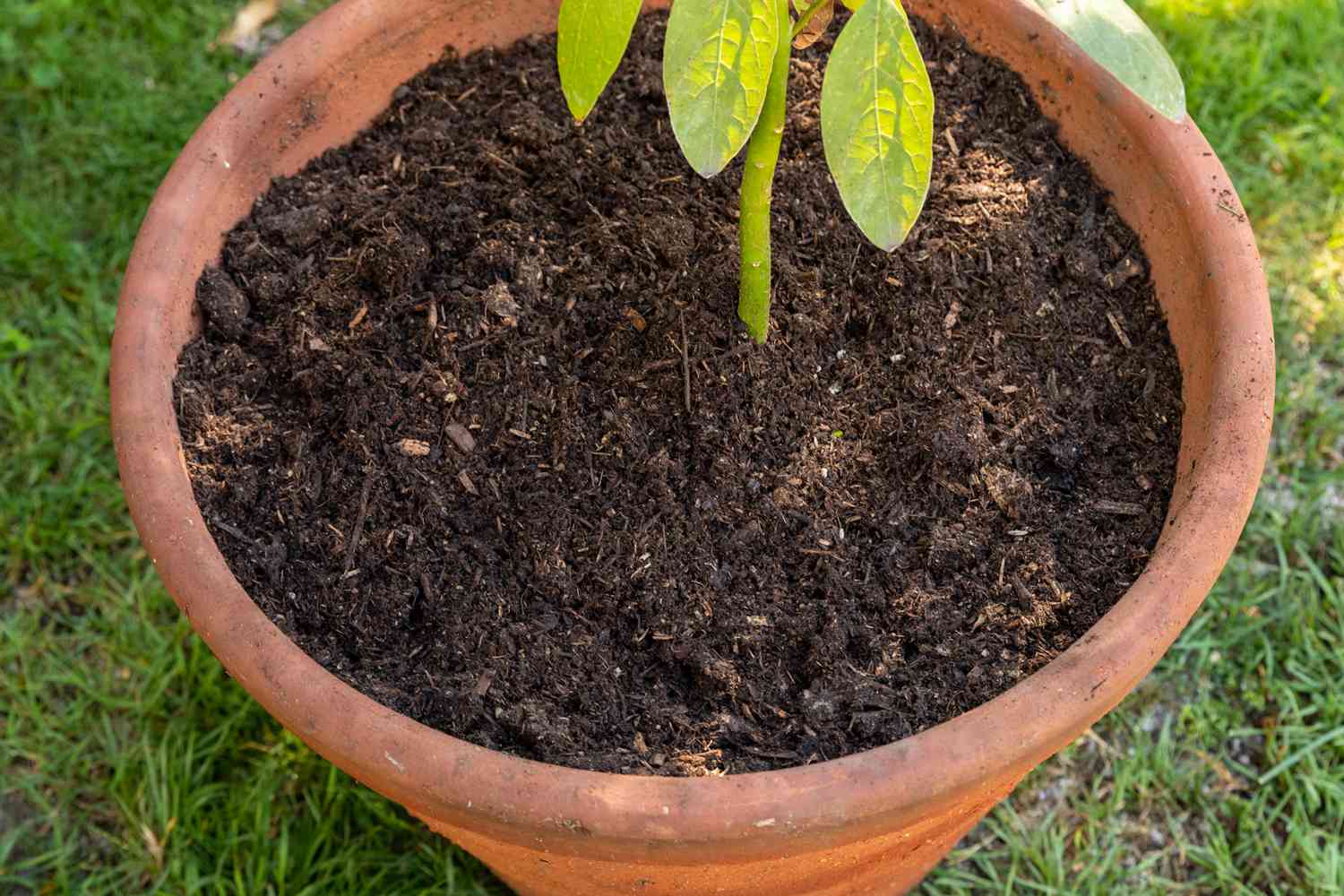
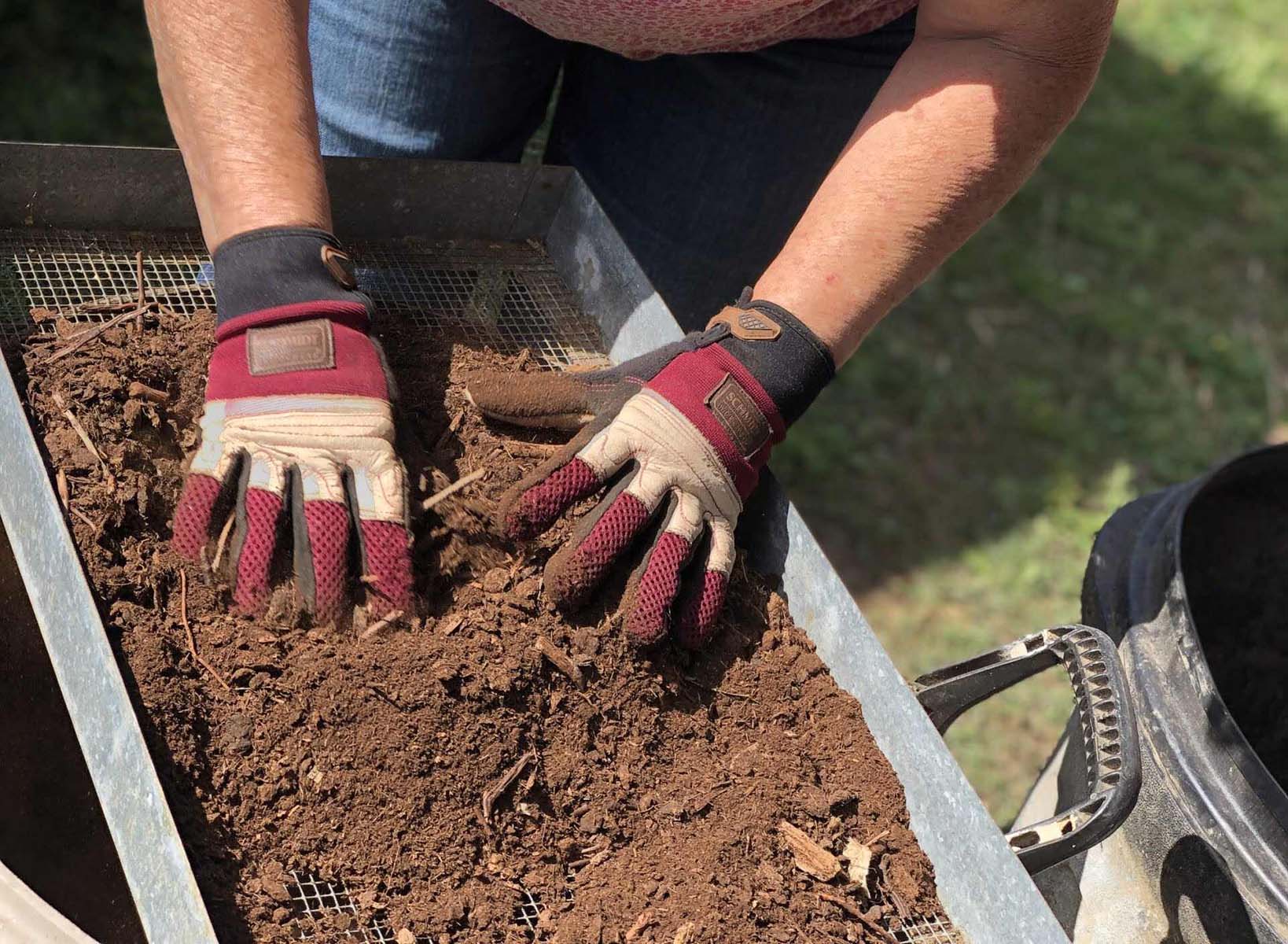










0 thoughts on “When To Plant Avocado Seed In Soil”